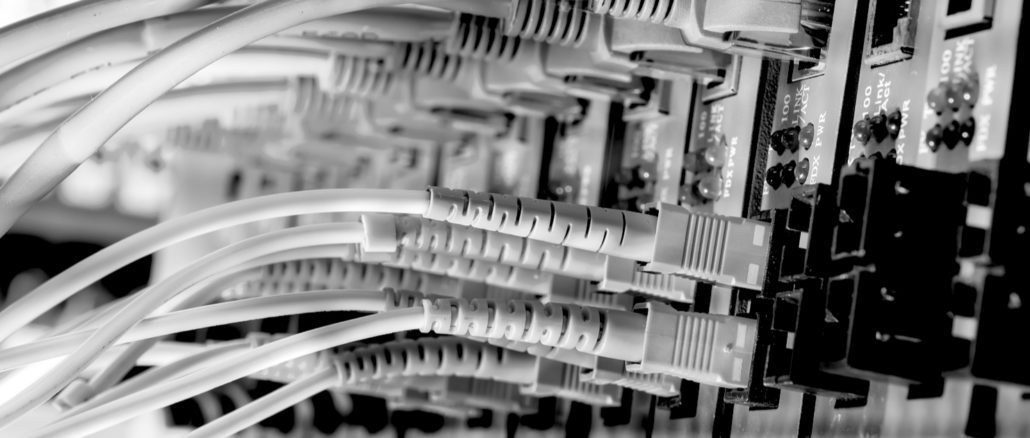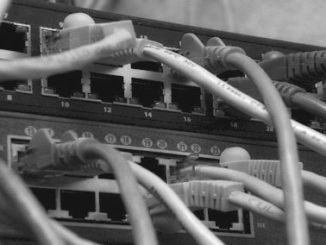
Aspiring To Be The Windows, Not The Linux, Of Networks
Anyone operating at network at scale almost has to, by definition, hack together their own network operating system. …

Anyone operating at network at scale almost has to, by definition, hack together their own network operating system. …

The appetite for network bandwidth is insatiable, as is that of compute and storage, but our enthusiasm to acquire larger and larger chunks of all of these things is curtailed significantly by cost. …

The incumbent switch makers of the world could learn a thing or two from the server racket. …

It would be hard to find a business that has been more proprietary, insular, and secretive than the networking industry, and for good reasons. …

If it were not for the insatiable bandwidth needs of the twenty major hyperscalers and cloud builders, it is safe to say that the innovation necessary to get Ethernet switching and routing up to 200 Gb/sec or 400 Gb/sec might not have been done at the fast pace that the industry as been able to pull off. …

It has been two years since chip maker Cavium rolled out its ThunderX Arm server processor roadmap and gave us the first glimpse of its second-generation ThunderX2 processors. …

Private equity firm Silver Lake Partners has an appetite for tech, and securing funding for Dell to take itself private and then go out and buy EMC and VMware is now going to take a backseat in terms of deal size – and in potential ripple effects in the datacenter – now that chip giant Broadcom is making an unsolicited bid, backed by Silver Lake, to take over often-times chip rival Qualcomm. …

While the hyperscalers of the world are pushing the bandwidth envelope and are rolling out 100 Gb/sec gear in their Ethernet switch fabrics and looking ahead to the not-too-distant future when 200 Gb/sec and even 400 Gb/sec will be available, enterprise customers who make up the majority of switch revenues are still using much slower networks, usually 10 Gb/sec and sometimes even 1 Gb/sec, and 100 Gb/sec seems like a pretty big leap. …

Just like every kind of compute job cannot be handled by a single type of microprocessor, the diversity of networking tasks in the datacenters of the world require a variety of different switch and router ASICs to best manage those tasks. …

Because space costs so much money and having multiple machines adds complexity and even more costs on top of that, there is always pressure to increase the density of the devices that provide compute, storage, and networking capacity in the datacenter. …
All Content Copyright The Next Platform